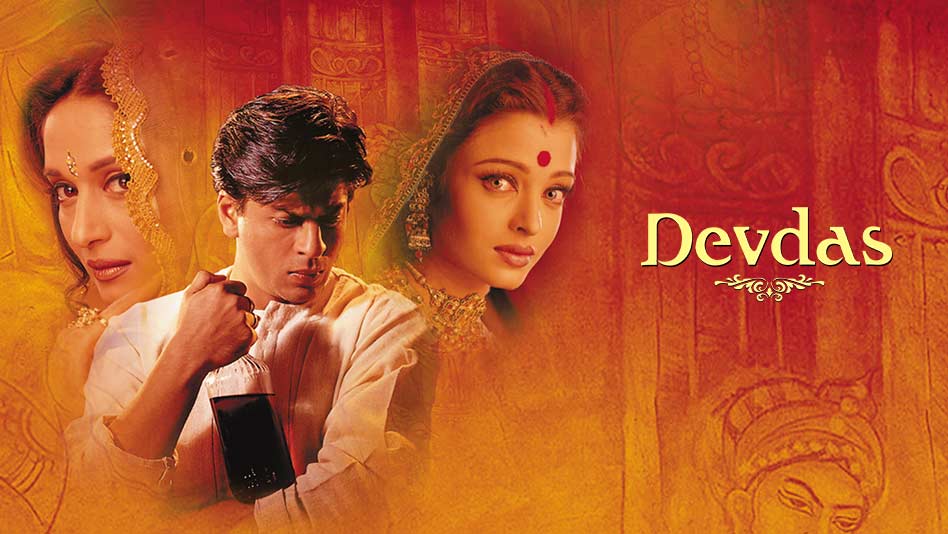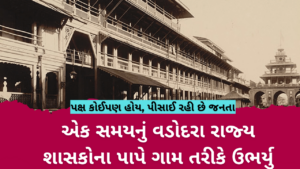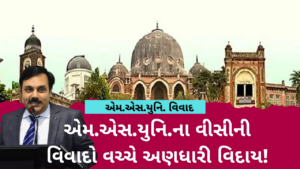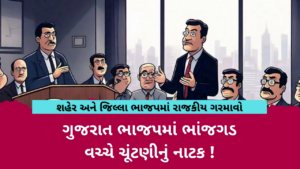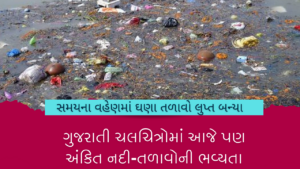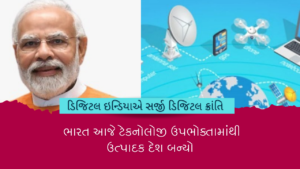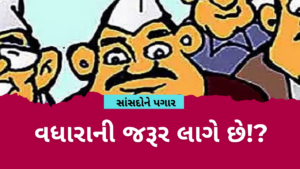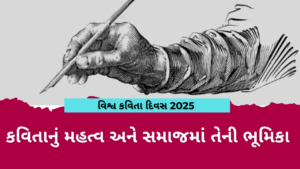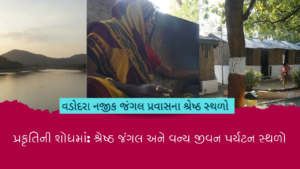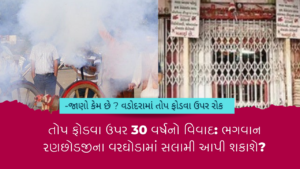“Babuji ne kaha gaon chhod do… sab ne kaha Paro ko chhod do… Paro ne kaha sharab chhod do… aaj tumne keh diya haweli chhod do … ek din aayega jab woh kahenge, duniya hi chhod do…”
Sanjay Leela Bhansali’s iconic rendition of a Romeo-Juliet-esque love story delves into longing, pining, barbaadi all because two star-crossed lovers were prohibited from loving one another; reasons being casteism, social standing, substance abuse, misogyny and that one classic evil bahu that somehow manages to rile up an already annoyed saas who then orchestrates the biggest “beginning of the end” trope that really struck a chord with the audience in 2002 and present.
Yes, that is the power Bhansali holds. Remastering Shakespearean classics or anything remotely involving romance in history by giving it a South Asian touch and adding TONNES of music, colours and dialogues to it. BOOM! You have a cult classic now.
Devdas is yet another feather in Bhansali’s cap as this 2002 hit brought him 11 whopping awards and a BAFTA nomination. An adaption of Sarat Chandra Chattopadhyay’s 1917 novel “Devdas”, it essentially is a period-romance set during the mid to late 1900s British Raj era between Devdas Mukherjee, the son of a wealthy Zamindar and Paro (Parvati) that soon takes a dark turn as social evils stand as obstacles to Devdas’ desire to marry Paro, ultimately leading to rejection, humiliation, spiralling downward into alcoholism and….a painful end: death.
However, this love story is not as tunnel-visioned as one would have expected as there is an addition to Devdas’ love interests: the elusive courtesan Chandramukhi, in whom he seeks solace and who acts as Devdas’ security blanket during his spell of emotional deterioration.
It has begun making sense as to why Devdas is now used as a catch-all term among mainstream citizens and the Indian diaspora. For instance, “Yeh Devdas bane kyu baithe hue ho?” which translates to “Why are you so sad/glum?”
Misogyny, patriarchy, and casteism under the guise of romance
Firstly, a bit about the main characters in the film: Devdas and Paro. Devdas Mukherjee is the son of a wealthy Zamindar, naturally belonging to that tiny elitist group that constitutes the richest of the rich during the British Raj, all with a title that has been given through the means of Colonialism; this speaks volumes about the Mukherjee family. Devdas returned from London, where he went to pursue his studies. He returns after 10 years, an event that created quite a stir in the Mukherjee household, with the movie beginning with a classic element that has been used throughout the three-hour-long watch: elaborate hallways in large Hawelis and women running about from room to room in excitement and anticipation of Devdas making even the tiniest of movement possible.
Devdas’ mother, Kaushalya Mukherjee is overjoyed and frankly, a bit too excited at the news of her son’s return, enough to bleat about it in the entire neighbourhood, also informing their immediate neighbour and Devdas’ childhood friend-cum-lover Paro and her family. (No, this is not a friends-to-lovers trope). However, all her joy goes down the drain when Kaushalya learns that Devdas visited Paro first upon his arrival in town, rather than his mother.
Cut to Paro’s household; they are a family that seemingly stands at a lower standing against their Zamindar neighbours: the Mukherjees. Furthermore, a fact that has been repeatedly used as a statement and an insult in the movie that Paro’s mother Sumitra was a ‘nautch’ woman- essentially a dancer who would entertain a primarily male-dominated audience, also points toward why the Mukherjees view this family inferior to them. Paro’s family find happiness in just one thing- getting their daughter married to Devdas. Sumitra (Paro’s mother) was very positive about her proposal being accepted, however, it was humiliatingly rejected. Before that, a bit about Paro. Parvati is the ideal ‘Bengali’ woman with beauty, wit and charms. This aspect was pointed out by Sumitra when she mentioned that if they lack the money and the respect, at least she is a beautiful woman and that no man would ever say no to her as a bride. Paro however, is a hopeless romantic. She tells Devdas she read the letters she wrote him 10 whole times, a fact that was humorously dismissed by Devdas and at the beginning, upon his arrival, Paro tried every possible way to hide from him-indicating coyness. She would find excuses to go see Devdas in every way possible. This aspect makes one wonder if she loved him more than he loved her.
Devdas Mukherjee may have been a man of principles (until his downfall) and may have been the ideal ‘son’ every Bollywood mother adored, but he had a few problematic aspects to him. Firstly, a red flag that highlighted toxic possessive behaviour when he catches a fly that has been buzzing around Paro’s face when he first sees her after his return, he says “ Paro, tumhe koi aur chhoo le, mujhe acha nahi lagta.” This, however, is not the only incident in isolation, there have been several instances where in the guise of his “love” for Paro, he has hit her, belittled her and considered her inferior. Despite this, he has been faithful to two things throughout the film: alcoholism and his love for Paro. Despite Paro having been insulted by Kaushalya, Devdas still meets with her. Despite having been insulted by his father, Narayan Mukherjee, and been banished from his household, he still longed for Paro. Despite being hurt, inebriated and depressed, he still attends Paro’s wedding but lets her go.
Chandramukhi, a character that makes an appearance when Devdas is at his lowest, also plays a central role in the story. A courtesan by profession and labelled the same by society, she falls in love with a version of Devdas that only exists when he misses Paro and reminisces on the mistake he made by letting her go, something that he himself mentions. Since their first meeting, Devdas has already let his misogyny peak as he insults Chandramukhi by giving her money for the days she cared for him when he was intoxicated. “Ab pata chala Paro ne aap ko kyu chhoda. Ishq toh dur ki baat, aap toh humdardi ke layak bhi nahi.” Despite the frequent insults and the longing for his former lover, coupled with his increased alcoholism, Chandramukhi falls in love with Devdas and ignores all the red flags. This is something she tells Paro when the latter meets Chandramukhi for the first time.
Chunnilal, a close friend of Devdas plays a role that is rather questionable as it is unclear whether his entry drove Devdas to alcoholism or whether it was Dev’s personal choice. Although, Chunnilal introduces Devdas to Chandramukhi and literally picks him up from his lowest: “ Humein behosh hone ke liye sharaab ka sahara chahiye aur ek aap hai jo sharaab ko choohte bhi nahi, phir bhi behosh hai.” Despite the lack of clarity in this regard, it is true that Chunnilal’s entry was also the time Devdas’ downfall began.
Kumud is Devdas’ manipulative sister-in-law who orchestrates the entire downfall of Devdas and Paro’s love story. Jealous and greedy, Kumud sows the seeds of hatred in the mind of Kaushalya, against Paro, so much so that, during her own Godh-bharai ceremony, Kaushalya publicly humiliates Sumitra and her family by saying that the likes of Paro are no match for someone as respectable as Devdas- nautankiwale are no match for Zamindars and that it would raise questions on the Mukherjee family. Following this humiliation, Sumitra curses Kaushalya and predicts Devdas’ downfall: “Goongi ho jaogi jab apne bete ki barbaadi dekhogi. Tera ghar Chaandi se abaad ho aur tere ghar bhi beti ho.”
The role of women, and what the movie’s innate patriarchy says about it
It was rather disappointing to observe the way women were viewed, treated and objectified throughout the film, which speaks volumes for the lack of feminist ideals during the British Raj. For instance, insults hurled at Paro and Sumitra, especially the latter who seemingly belongs to the family of ‘nautch’ women (entertainers) who are looked down upon by the society. Furthermore, following Sumitra’s humiliation at the mukherjee household, Paro, still holding onto her love for Devdas, visits him in the night, only to get caught by Narayan Mukherjee who insults her yet again: “Tum maa-beti kotha (brothel) kyu nahi khol leti?”
According to Narayan Mukherjee, Devdas and all other male characters in the show, there is a certain way an ‘ideal’ woman should behave and be like. “Shareef gharane ki ladkiyo raat ke 2 baje ladko ke kamre se nahi nikalti, Dev!”, is what Narayan Mukherjee thinks women should be like. Similarly, Devdas, despite having moved into the brothel with Chandramukhi, seemingly insults her by belittling her as Tawaif and how a courtesan can never love and will never love.
Upon realizing his mistake, Devdas return to Paro only to find her getting married to another. Knowing he cannot salvage anything out of a relationship that no longer exists, he hits Paro on her forehead with a necklace seemingly to prove his Pyaar ki nishaani on Paro (objectifying her to a mere commodity that he possesses and the lack thereof disturbs him): “Iss chaand ki tarah tumhare chehre par bhi daag laga diya.” is Devdas’ justification for injuring Paro on her forehead, just because Paro called him out for not being accountable and mature; for only treating her as a plaything, since childhood, treating her the way he pleases: “ Bas bas Paro, itna guroor bhi acha nahi; itna guroor chaand ko bhi nahi hai.”
During Kumud’s Godh-bharayi, she is given gold jewellery because she is pregnant: “ tum humein bachha dogi toh hum kaise tumhe kuch na de?”, thereby limiting her role to only that of an heir-producing machine.
During Durga Puja at Paro’s in-laws’ haweli, she invites Chandramukhi respectfully (after course having a few words and spiteful exchanges with her previously upon realising her role in Dev’s life), knowing very well that she was not allowed to let a Tawaif or a courtesan enter the household. Paro lied about Chandramukhi’s profession which was later pointed out by Paro’s stepson-in-law who was then taught a lesson by Chandramukhi.
Paro’s parents only had one wish: to get her married. A young woman’s role was limited to that of being a bride, serving as a motherly figure and just for the sake of sexual gratification. Paro’s marriage to Zamindar Bhuvan Choudhary was clearly only to get a motherly figure for his children with her late wife. However, the respect she lacked being just Paro, she now gained as a Thakurayin (a woman of high standing), however only through marital alliance.
“Yeh Diya bujhna nahi chahiye”: significance of the Diya that is always lit
A recurring theme that stood out the most was the Diya that never extinguished. Also exemplified by Shreya Ghoshal’s beautifully-sung Silsila Yeh Chahat Ka, the Diya was symbolic of Paro and Devdas’ love for one another. The Diya remained lit throughout all trials and tribulations the two-faced, however, it extinguished as Devdas passed away. The undying love, despite the circumstances that stood against time, was closely linked to the Diya. Paro was told to never let it extinguish, something that she did abide by when Devdas arrived in India as she waited for him for 10 years and when Devdas returned to her on her wedding day, she can be seen holding the lit Diya in her hand extended from inside the palanquin as well as the lit Diya when in the last few breaths Devdas was calling out to her.
As Paro ran to the gates to see Devdas towards the end, the Diya extinguished as Devdas breathed his last- signifying lost hope and an end to the story. Devdas’ life was synonymous with Paro’s Diya.
“Silsila yeh chahat ka, na maine bujhne diya…oh piya…yeh diya…na bujha hai mere chahat ka diya..”
The use of the colour ‘Red’
Just like the forever-lit Diya, another recurrence that stood out the most was the colour palette used in the movie. Sanjay Leela Bhansali’s films rely heavily on royal and classical colours, to represent the culture, tradition and mood. For instance, the movie is based on the lives of traditional Bengali families, therefore, the use of red and white colours in the costumes worn by both men and women.
Furthermore, elaborate Hawelis with their exaggerated hallways giving enough room for their characters to run about, have been decorated intricately, symbolising the wealth and social standing of the families. Although, both Paro and Devdas’ families have similar-looking Hawelis, despite the casteist and social differences between them, is a major loophole.
The use of the colour red has been done quite craftily albeit beautifully as the movie has put colour psychology to the best use. Red is a colour that symbolizes a multitude of things, feelings and emotions, depending heavily on individual perspectives and subjectivities. However, generalising it a bit, red may stand for love, romance, danger, death, fear and horror. In Devdas, the colour red has been used to denote the traditional Bengali fashion style and also to symbolize death. A major observation made was the continuous use of the colour red in most objects towards the end o the movie, as Devdas was breathing his last.
“Agar meri seva karne se tumhare dil ko khushi milti hai, toh thike. Mai vaada karta hun, marine se pehle ek baar tumhari chaukat par zarur aaunga.”
When Devdas arrives at Manekpur (where Paro lived), he collapses on the ground outside her Haweli, on top of red flowers that appeared as a bed for him. The very same red flowers were seen inside the gates of Paro’s current Haweli which she also used during a Puja while being distracted as she thought she heard someone call her name. Devdas, lying barely alive was calling out Paro’s name when happens to also accidentally injured herself, with her head bleeding profusely. Paro had adorned herself in a red and white saree, symboling both death and love. Upon realizing who the outside her Haweli was when a crowd had gathered around Devdas, she raised towards the red gates that close by the time she reaches the entrance as her she was prohibited from seeing him. Paro drops a plate of kumkum in a frenzy when she learns of Devdas’ fate and stepping on it, she leaves her footprints on the white tiles while running towards the gate.
The Diya finally extinguishes as Devdas is seen breathing his last, simultaneously as the gates to the mansion close, locking Paro in.
“Aap toh rahoge, par humara pata nahi…”
“Kya kahe yeh duniya walo ko jo aakhri saans par bhi aitraaz kare?”
“Chhalak chhalakti chalti jaaye dil ko yeh Madeira…yeh Madeira honthon se utre toh bole dil ki baat. Dil take jaise yeh pahuchti aayi..aayi..aayi…uski yaad…uski ek jhalak mil jaaye…itni hai fariyaad.”
Hence, literally and metaphorically Devdas is not a black-and-white romance, it has depths and layers to it with the use of motifs, themes and dialogues that enhance the overall presentation of the film, as is expected by Bhansali. It is justified why this multilayered, beautiful tragedy stands as a cult classic.

